The Consequences of Martial Law: Lessons from Global Practices
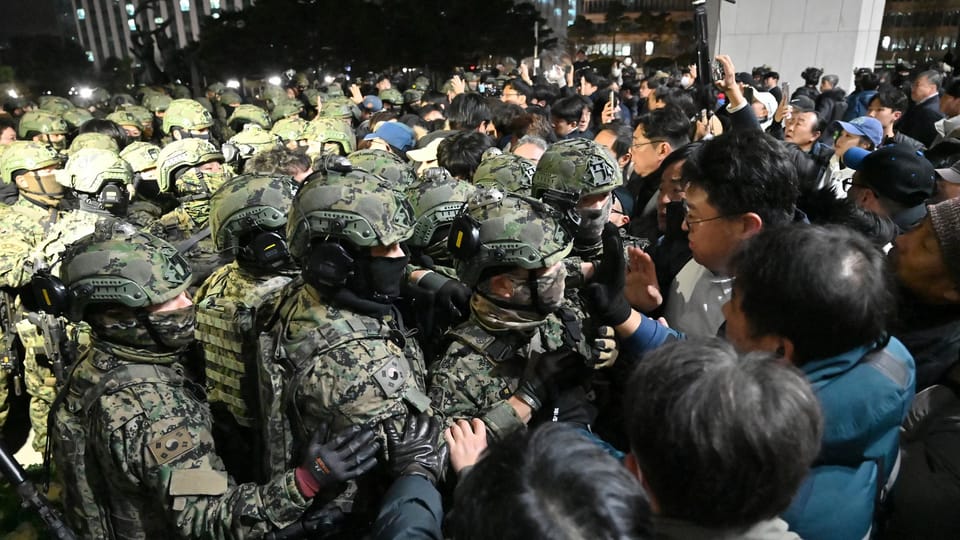
In times of crisis, when governments falter and civilian institutions crumble, a familiar yet controversial solution often emerges: martial law. Rooted in the assumption that military authority can restore order where civilian governance has failed, martial law has been invoked throughout history in response to wars, rebellions, and civil unrest. However, its implications for governance, civil liberties, and political stability raise profound questions about its efficacy and consequences, particularly in nations grappling with chronic instability.
Martial law is a temporary transfer of governance from civilian authorities to military control. Under this framework, military commanders assume broad powers, often suspending existing laws, civil liberties, and constitutional rights. Courts may be replaced by military tribunals, and freedoms such as speech, assembly, and the press are curtailed. The justification typically lies in the need to restore order swiftly in situations deemed beyond the capacity of civilian institutions to manage.
While the concept of martial law is broadly similar across jurisdictions, its implementation varies widely. In the United States, for instance, the Constitution does not explicitly provide for martial law, but it has been declared on several occasions, including during the Civil War and in the aftermath of natural disasters. Internationally, martial law has been used both as a genuine response to emergencies and as a tool for authoritarian control.
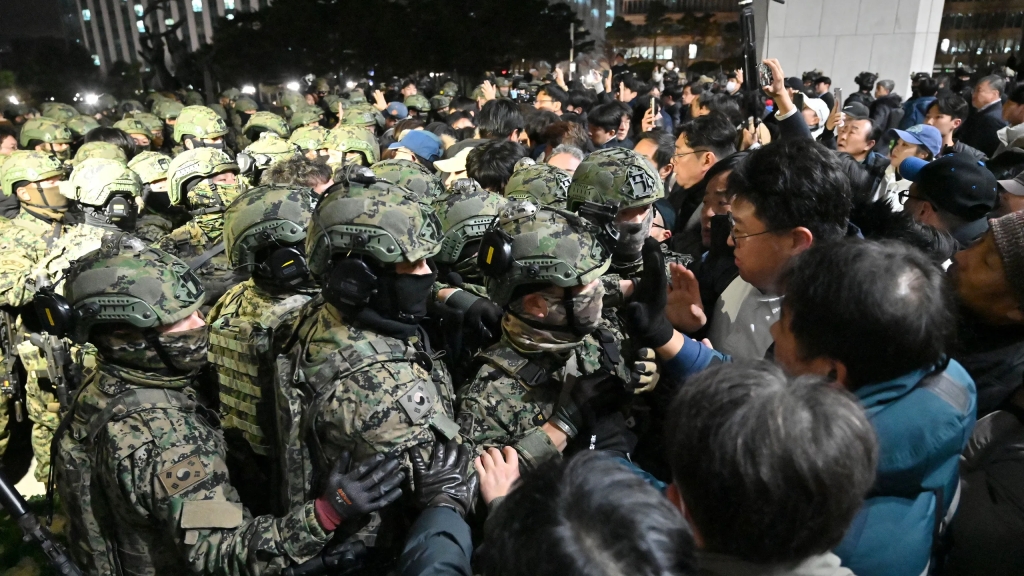
In nations with a history of political instability, martial law often serves as a flashpoint for debate over governance and democracy. Countries like Pakistan, the Philippines, and Thailand have experienced repeated cycles of military intervention, each leaving lasting scars on their political landscapes.
Pakistan: A History of Military Dominance
Pakistan’s history is punctuated by multiple declarations of martial law, each altering the trajectory of the nation. The first instance occurred in 1958, when General Ayub Khan seized power, citing the need to address political corruption and instability. Subsequent military takeovers in 1977 under General Zia-ul-Haq and in 1999 under General Pervez Musharraf followed similar justifications, often portraying the military as the last bastion of stability.
While these regimes brought periods of relative order, they often came at the expense of democratic development. Civil liberties were curtailed, political opposition suppressed, and institutions weakened. The long-term effects have been profound: a persistent imbalance between civilian and military power and a political culture where the military remains a dominant actor.
The Philippines: Marcos and Beyond
In the Philippines, martial law is most famously associated with Ferdinand Marcos, who declared it in 1972. Framing his decision as a necessary step to combat communist insurgency and economic decline, Marcos’ regime was marked by human rights abuses, corruption, and the concentration of power in the executive branch. Though martial law was lifted in 1981, its legacy endures, with many Filipinos viewing it as a cautionary tale about the fragility of democratic institutions.
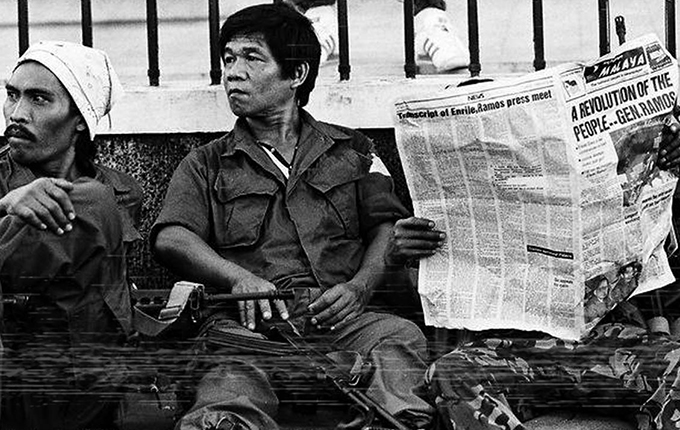
Thailand: Cycles of Military Rule
Thailand has experienced more than a dozen military coups since the mid-20th century, often accompanied by declarations of martial law. The country’s military has consistently justified its interventions as efforts to restore stability amid political turmoil. However, these episodes have stunted democratic progress, leaving Thailand caught in a recurring cycle of civilian governments and military takeovers.
The Double-Edged Sword of Martial Law
Martial law is often portrayed as a necessary evil—a measure of last resort to restore order in dire circumstances. However, its implementation carries inherent risks, particularly in nations with fragile democratic institutions.
The primary argument for martial law is its ability to impose swift and decisive action in crises. When civil unrest threatens to spiral out of control, military authority can act with efficiency, deploying resources and enforcing order in ways civilian institutions cannot. Yet this efficiency often comes at a steep cost. Freedoms of speech, assembly, and the press—cornerstones of democratic governance—are frequently the first casualties. In extreme cases, martial law has been used to suppress dissent, silence critics, and entrench authoritarian regimes.
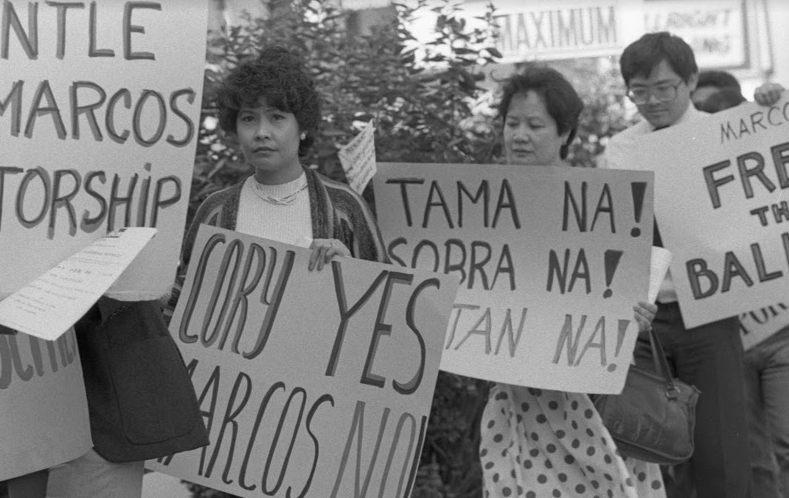
Repeated imposition of martial law can erode trust in civilian institutions, creating a vicious cycle where governments become increasingly reliant on military intervention. This dynamic undermines efforts to build resilient democratic systems and fosters a culture of instability. In Pakistan, for example, the military’s frequent involvement in politics has stunted the development of robust civilian governance, perpetuating the conditions that justify further interventions.
Martial law regimes are often accompanied by reports of human rights abuses, from arbitrary detentions and extrajudicial killings to the suppression of political opposition. The Philippines under Marcos and Myanmar’s recent military junta offer stark examples of how martial law can become a tool for oppression rather than restoration.
Even in stable democracies, martial law poses challenges. In the United States, its use has been rare but controversial. One notable instance occurred during the Civil War, when President Abraham Lincoln suspended habeas corpus to address the rebellion. While arguably justified by the context, such measures have been criticized for setting dangerous precedents.
In modern times, martial law declarations in the U.S. have largely been limited to localized crises, such as natural disasters or civil unrest. However, these episodes highlight the tension between maintaining order and preserving civil liberties.
Given its potential for abuse, many argue that martial law should be a measure of last resort, with nations prioritizing alternative approaches to address crises. Strengthening civilian institutions, investing in disaster preparedness, and fostering political inclusivity are crucial steps to reduce the likelihood of martial law becoming necessary.
The history of martial law offers valuable lessons for nations navigating instability. In countries where it has been invoked responsibly and temporarily, such as during natural disasters, it has sometimes succeeded in restoring order without long-term consequences. However, in nations where it has been used to entrench power or suppress dissent, the aftermath has often been marked by weakened institutions and diminished freedoms.
For nations grappling with political instability, the challenge lies in balancing the need for order with the imperative to uphold democratic principles. Martial law, while occasionally unavoidable, should never become a substitute for addressing underlying governance issues. Instead, governments must focus on building resilient institutions, fostering trust between citizens and the state, and ensuring that military authority remains subordinate to civilian control.
As the global landscape continues to evolve, the debate over martial law and its implications will remain relevant. By reflecting on its history and consequences, nations can better navigate the delicate balance between order and chaos, ensuring that temporary measures do not become permanent setbacks for democracy.
Fatima Hassan is a freelance journalist and the co-founder & Multimedia Editor of Echoes Media, dedicated to crafting impactful stories that resonate with diverse audiences. A journalism graduate of Northwestern University, Fatima combines analytical rigor with creative storytelling to explore complex issues and amplify unheard voices.


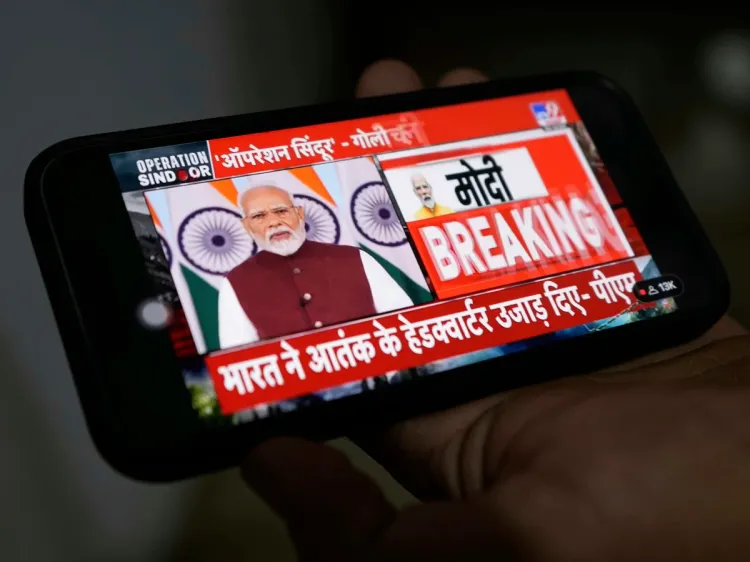
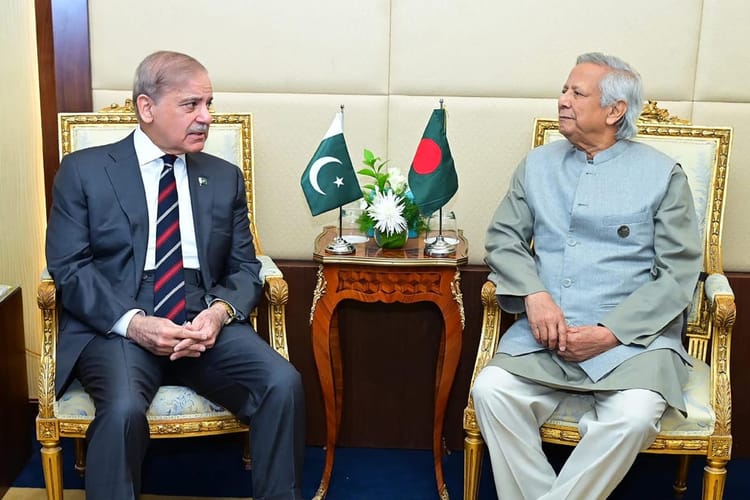
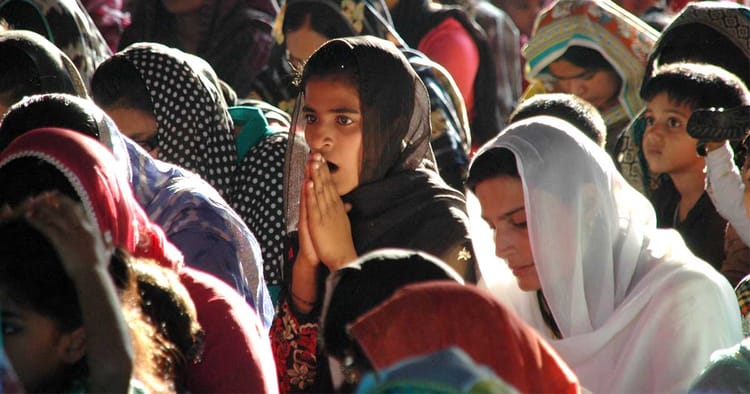
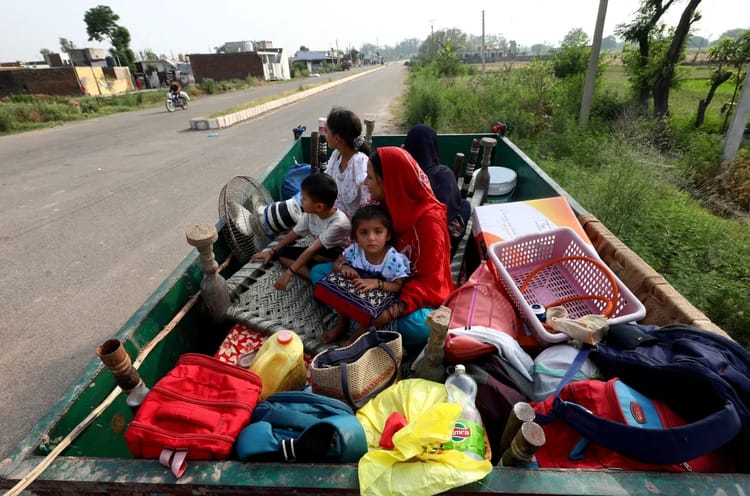
Member discussion